A willow birdhouse (birds nest) is a fantastic way to adorn your garden and provide a cozy shelter for wild birds. You can craft a willow birdhouse with simple materials and basic tools.
In this article, we will guide you through how to make a willow bird house step by step easily and quickly.
1. How to make a willow bird house?
Creating a willow birdhouse is an engaging and practical endeavor for bird enthusiasts who wish to provide a living space for our feathered friends. Willow birdhouses boast numerous advantages, including ease of construction, durability, aesthetics, and environmental friendliness.
To make a willow birdhouse, gather the following materials and tools:
Materials Needed:
- Willow branches (freshly cut or soaked in water to make them pliable), approximately 1-2 meters long;
- Scissors or a knife;
- Leaves or straw.
Step by step:
Step 1: Gather willow branches
Collect willow branches of varying lengths and thicknesses. Make sure they are flexible enough to bend without breaking. If they are too stiff, soak them in water for a few hours to make them more pliable.
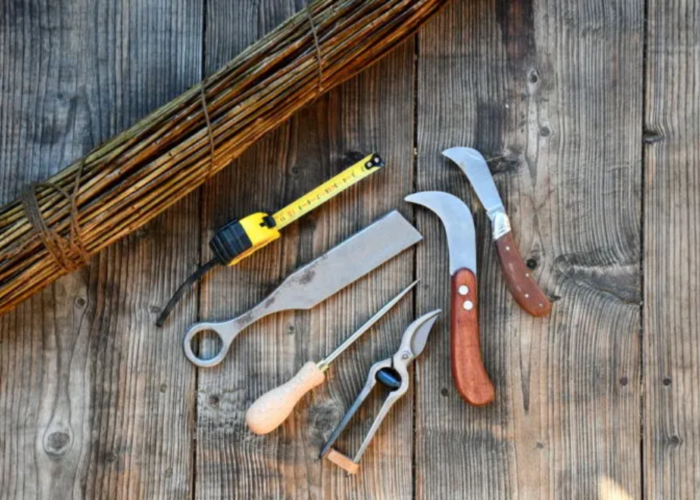
Step 2: Making the willow bird house frame
Take 3 strong willow branches and place them perpendicular to 3 other willow branches at the midpoint. Then, take a smaller willow branch and tightly braid them together. This will serve as the main frame for the bird’s nest.
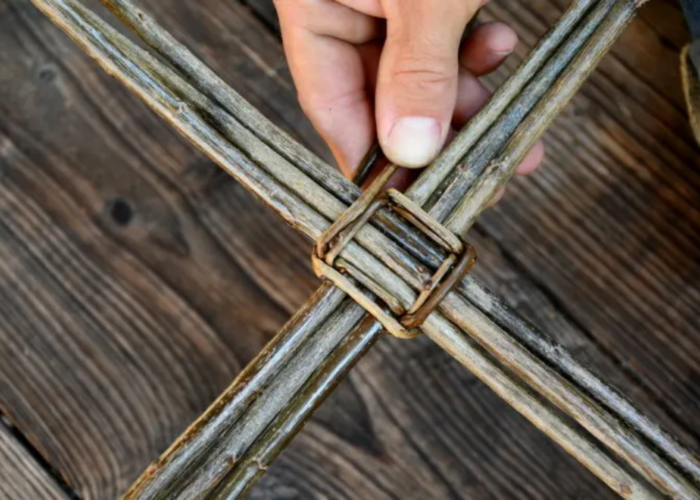
Step 3: Forming the spherical shape
Continue weaving small willow branches around the main frame of the created bird’s nest to secure a spacious base for the birds to live in. Use scissors or a knife to cut off excess branches.
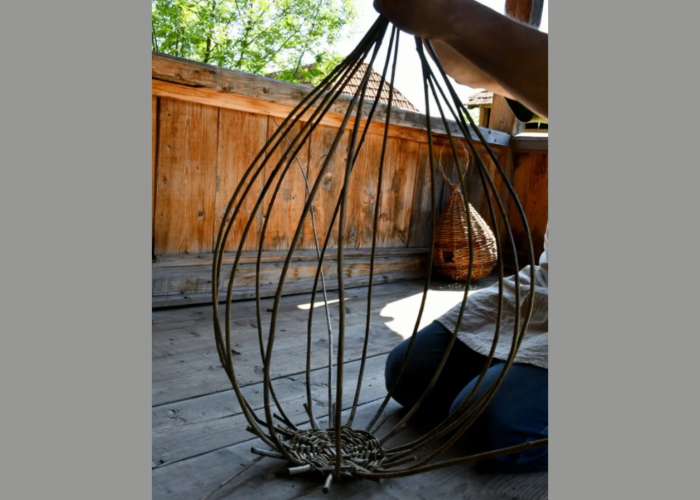
Step 4: Tie and weave the cover
Use small willow branches, tie the the top or the bird nest to the length of the bird’s nest you desire. Continue weaving willow branches into the main frame to create a cover for the birdhouse. Leave a small hole in the front as an entrance and exit for the birds.
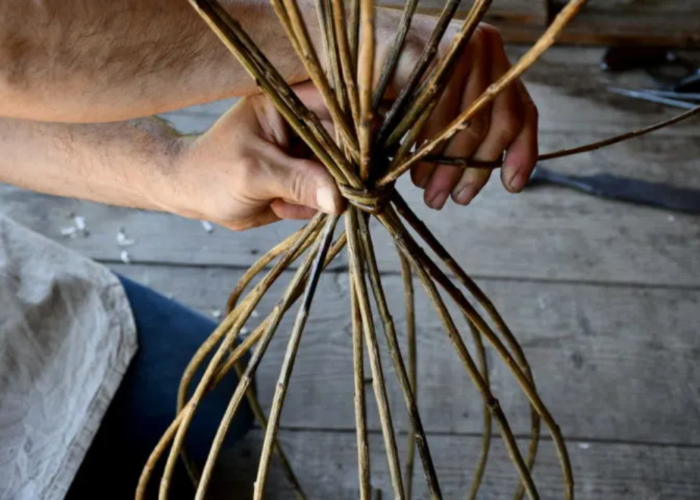
Step 5: Lining the interior
Use leaves or straw to line the interior of the birdhouse, creating a warm and soft environment for the birds.
Step 6: Hanging the birdhouse
Hang the birdhouse on a tree or a high place, out of reach from cats and other predators. Use ribbon or twine to suspend the birdhouse securely.
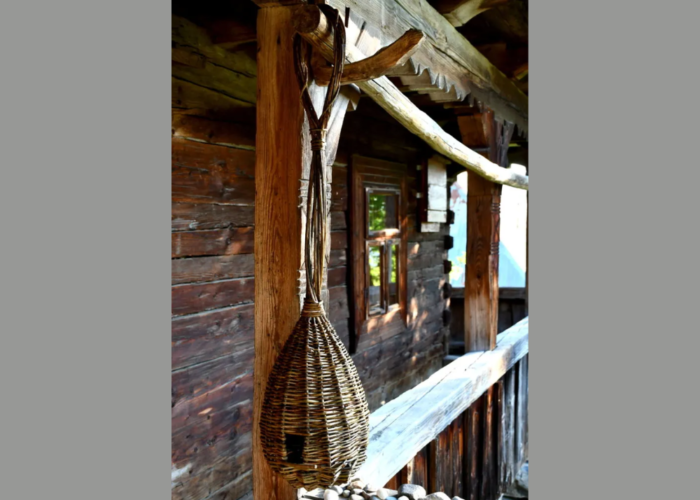
Congratulations! You have completed a simple and aesthetically pleasing willow birdhouse. Take pride in providing a habitat for beloved bird species and contributing to environmental conservation.
2. FAQs
2.1 How high should a birdhouse be off the ground?
The ideal height for a birdhouse off the ground varies depending on the bird species. Some bird species prefer higher locations, while others like to stay closer to the ground. Certain positions may be influenced by natural predators, such as cats or squirrels, or by weather conditions like wind or rain. Different seasons can make birds feel excessively hot or cold.
A general rule is to place birdhouses between 1.5 to 6 meters above the ground, depending on these factors. It is crucial to ensure that the birdhouse is securely attached and has sufficient ventilation.
2.2 Where should you not put a birdhouse?
You should avoid placing a birdhouse in locations that are susceptible to direct sunlight for extended periods, as excessive heat can be harmful to nesting birds. Additionally, avoid mounting birdhouses in areas prone to heavy human traffic or where there is frequent disturbance, as this may disrupt the nesting process.
It’s crucial not to position bird houses too close to bird feeders, as the increased activity around feeders may create stress for nesting birds.
Lastly, refrain from installing birdhouses in areas where natural predators, such as cats or squirrels, have easy access, as this can pose a threat to the safety of the nesting birds.
2.3 What direction should the hole in a birdhouse face?
Some sources suggest that the optimal orientation for a birdhouse hole is towards the southeast or northeast, as this avoids direct sunlight in the morning and evening, keeping the birdhouse cooler. Additionally, this positioning minimizes the risk of attacks from predatory birds or mammals like hawks, mice, or cats. However, the direction of the birdhouse hole also depends on the specific bird species you intend to attract.
It is advisable to learn more about the habits and preferences of the bird species you want to attract before deciding on the direction of the birdhouse hole.
2.4 What do birds want in a birdhouse?
We can create an appealing birdhouse by providing a small entrance hole suitable for the desired bird species, placing the nest in a secure and comfortable location with adequate ventilation and water drainage. The use of natural wood as a nesting material provides a warm and cozy feel for the birds.
Additionally, a well-designed, secure entrance that allows for easy cleaning helps maintain a clean and safe nest. Keep in mind that each bird species has specific requirements, so it’s important to research thoroughly about the particular bird species to create an ideal nesting environment for them..
3. Conclusion
In conclusion, crafting a willow birdhouse is not only a fulfilling DIY project but also a meaningful contribution to supporting local bird populations and enhancing the beauty of your garden. By following the simple step-by-step guide outlined in this article, bird enthusiasts can create cozy shelters that offer birds a safe haven in your gardens.
Gather your materials, unleash your creativity, and embark on this journey to create homes that welcome and nurture your avian companions. Happy birdhouse crafting!
If you have any further questions, don’t hesitate to send thanhcongcraft an email us at info@thanhcongcraft.com or message us at WhatsApp: +84967485411. Hope to serve you soon! Best regard!


